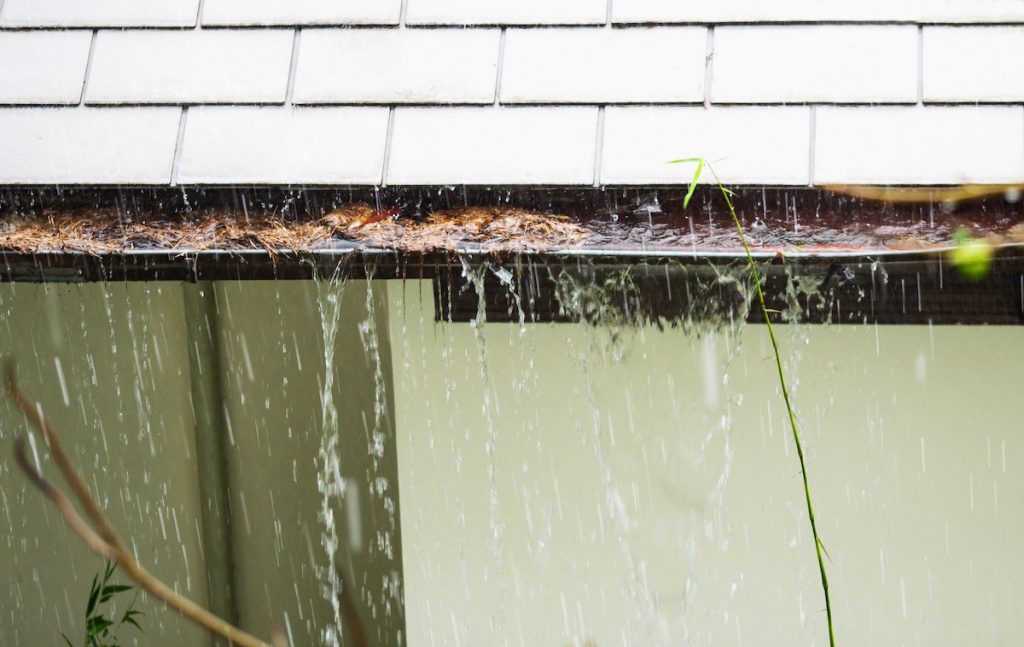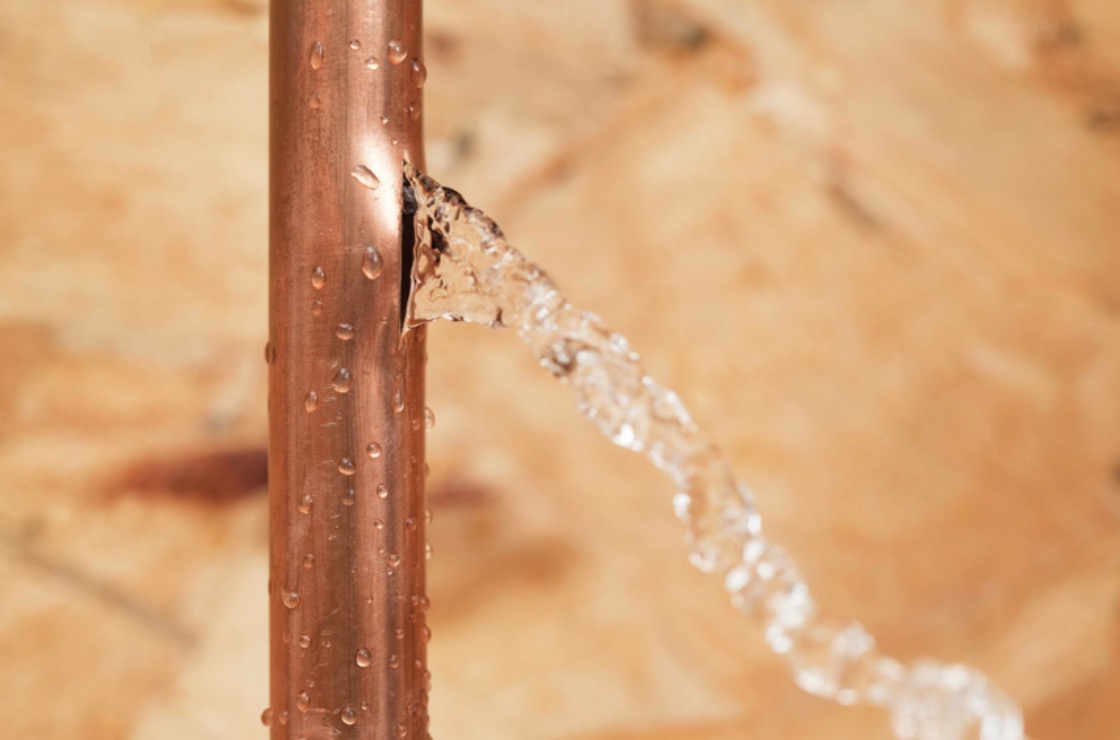Spot Common Factors for Water Leakage Within Your Residence
View MoreThe author is making a number of good observations regarding Top Causes of Home Water Leaks in general in this post beneath.

Leakages not just create waste of water but can also create unneeded damages to your residence and advertise undesirable organic growth. Water leakages may go unnoticed given that most of the pipework in our house is concealed. By recognizing and also looking for daily situations that cause leaks, you can secure your house from future leakages and unnecessary damages. Today, we will take a look at six leak causes that may be creating your pipelines to drip.
Instantaneous temperature level modifications.
Severe temperature level changes in our pipes can cause them to expand and also get unexpectedly. This development and tightening might cause splits in the pipelines, particularly if the temperature level are below freezing. It would certainly be best if you watched on how your plumbing functions. The visibility of the previously pointed out conditions regularly indicates a high danger.
Corroded water supply
As time passes by, your plumbing system ages and also corrosion such as corrosion may start gnawing the pipes. This may be the source of discoloration or warping on your water pipes. This asks for an examination with your plumber instantly. Think about replacing the pipes since they are at a higher risk of rust than the newer versions if our plumbing system is old.
Faulty Pipeline Joints
Pipeline joints can degrade over time, resulting in water leakages. If you have noisy pipelines that make ticking or banging noises, specifically when the warm water is turned on, your pipe joints are most likely under a whole lot of stress.
Encroaching origins
Most water leakages begin outside the residence instead than inside it. You might notice damp spots or sinkholes in your lawn, and that might mean that tree origins are getting into water lines causing water to seep out.
Poor Water Connectors
Sometimes, a leakage can be caused by loose hoses and also pipes that supply your appliances. More often than not, moving is what creates the loose water Links. You may discover in the case of a cleaning maker, a tube may spring a leakage due to drinking throughout the spin cycle. In case of a water links leakage, you may see water running directly from the supply line or pools around your home appliances.
Clogged Drains
Obstructed drains might be annoying as well as inconveniencing, yet they can sometimes end up causing an overflow causing rupture pipelines. Maintain removing any type of products that may go down your drains pipes that could obstruct them to prevent such troubles.
All the above are causes of leakages however not all water leakages result from plumbing leakages; some leaks might originate from roof covering leakages. All leaks need to be repaired immediately to prevent water damages.
Leaks not only create waste of water however can also create unneeded damage to your residence and also promote unwanted organic development. By looking as well as recognizing for everyday scenarios that cause leakages, you can protect your home from future leaks and unneeded damage. Today, we will look at six leakage causes that may be triggering your pipelines to trickle.
At times, a leak can be caused by loose tubes and pipelines that supply your home appliances. In situation of a water links leakage, you might discover water running straight from the supply line or pools around your devices.
How To Check For Water Leak In Your Home
How To Check for Leaks
The average household's leaks can account for nearly 10,000 gallons of water wasted every year and ten percent of homes have leaks that waste 90 gallons or more per day. Common types of leaks found in the home are worn toilet flappers, dripping faucets, and other leaking valves. These types of leaks are often easy to fix, requiring only a few tools and hardware that can pay for themselves in water savings. Fixing easily corrected household water leaks can save homeowners about 10 percent on their water bills.
To check for leaks in your home, you first need to determine whether you're wasting water and then identify the source of the leak. Here are some tips for finding leaks:
Take a look at your water usage during a colder month, such as January or February. If a family of four exceeds 12,000 gallons per month, there are serious leaks.
Check your water meter before and after a two-hour period when no water is being used. If the meter changes at all, you probably have a leak.
Identify toilet leaks by placing a drop of food coloring in the toilet tank. If any color shows up in the bowl after 10 minutes, you have a leak. (Be sure to flush immediately after the experiment to avoid staining the tank.)
Examine faucet gaskets and pipe fittings for any water on the outside of the pipe to check for surface leaks.
Undetected water leaks can happen without the home or business owner even realizing. If you suspect a water leak, but not able to find the source. It is time to contact a professional water leak detection service, The Leak Doctor.
How To Find a Water Leak In Your Home
https://www.leakdoctor.com/blog/How-To-Check-For-Water-Leak-In-Your-Home_AE197.html

We had been introduced to that article on How to detect water leaks in your home through a friend on our other blog. If you please take the opportunity to share this entry if you liked it. Many thanks for going through it.
Perfect solution? Dial!